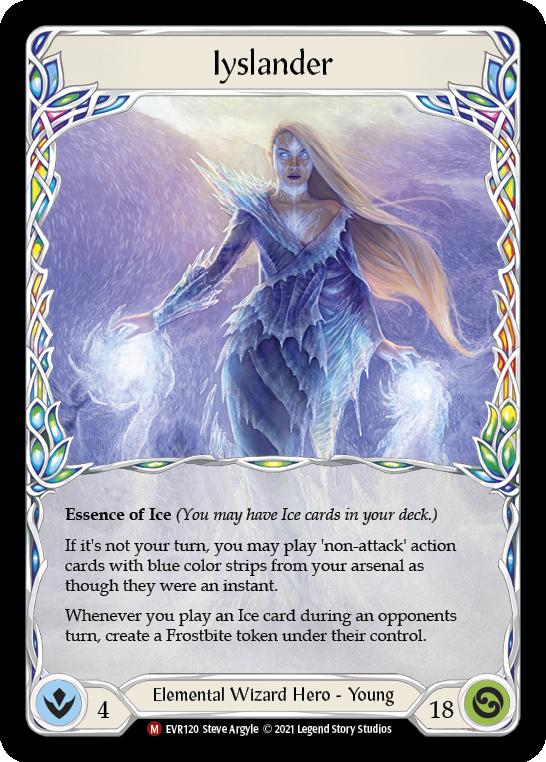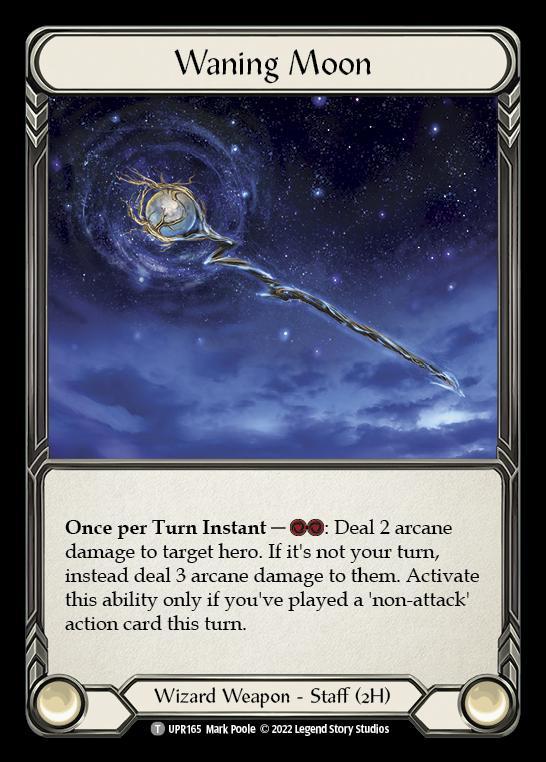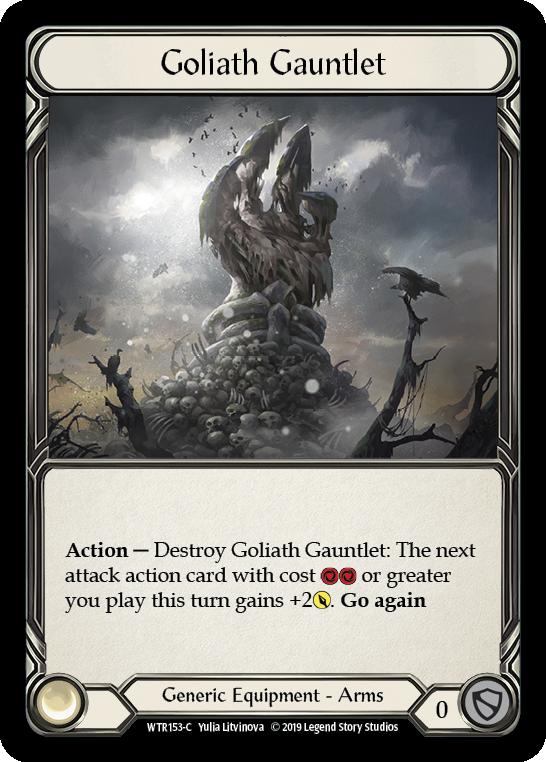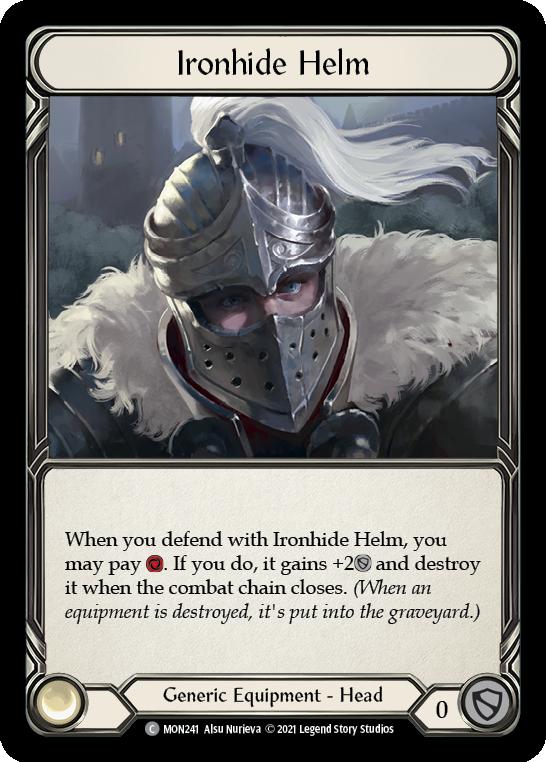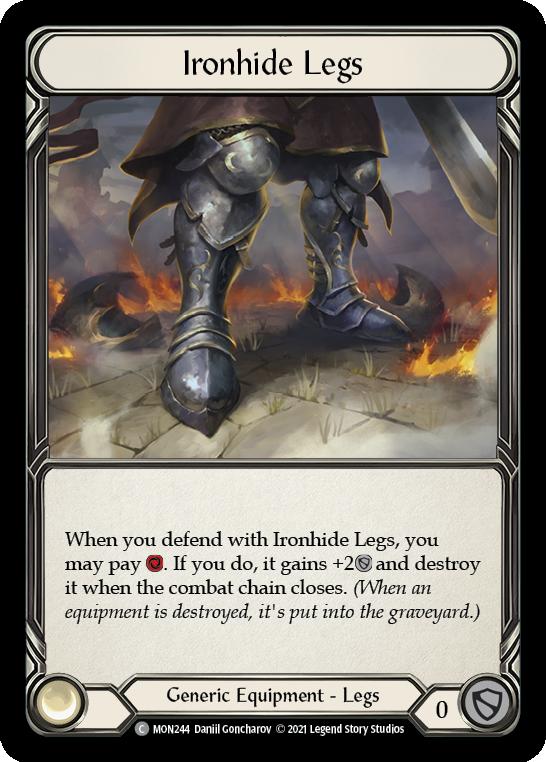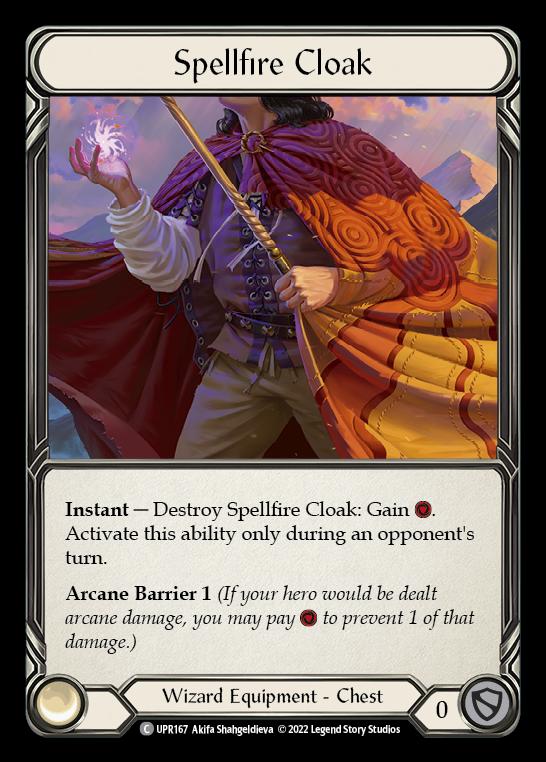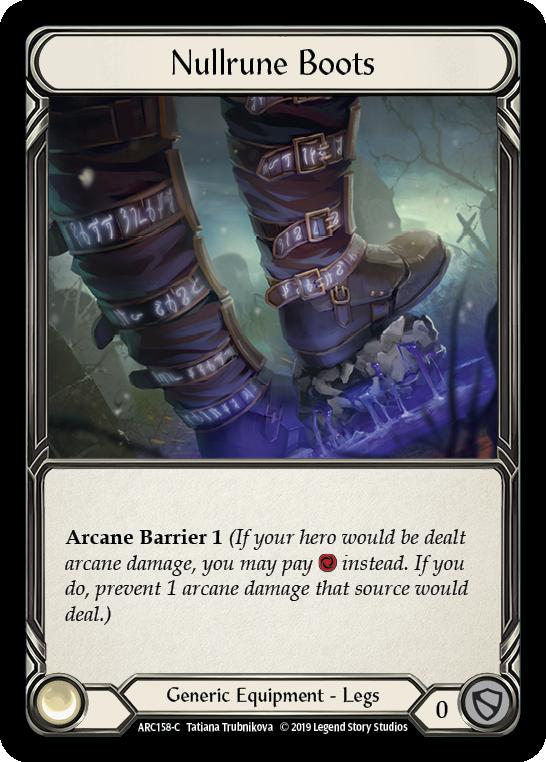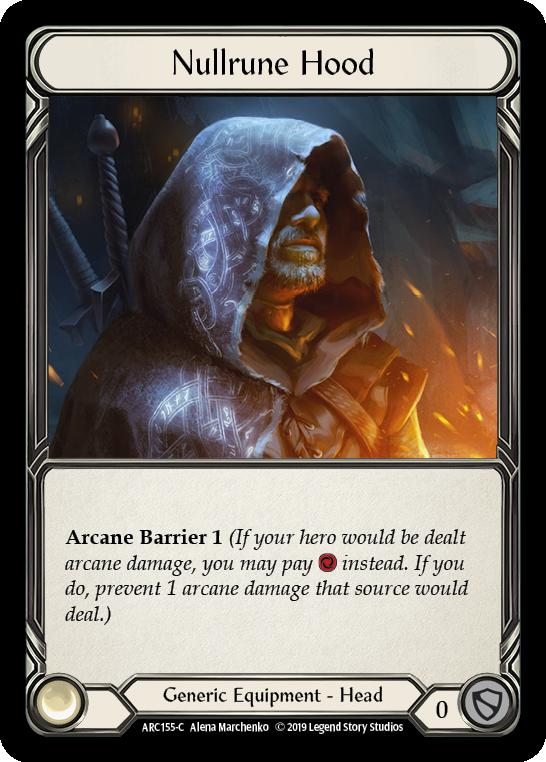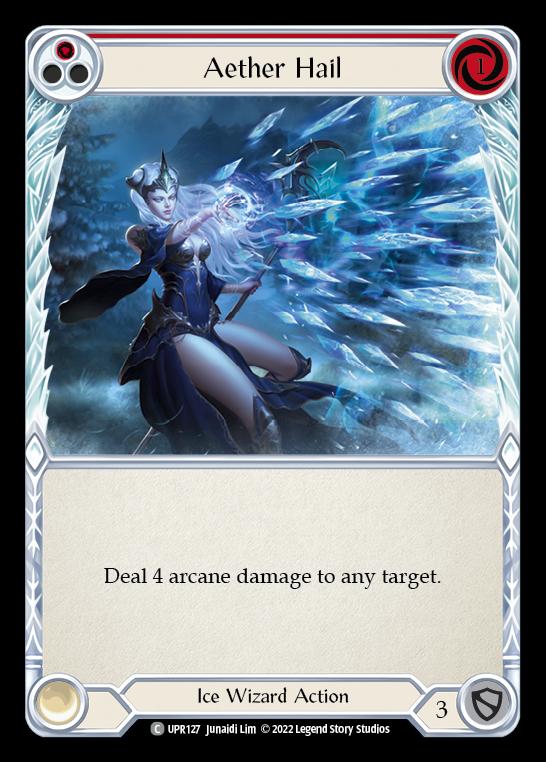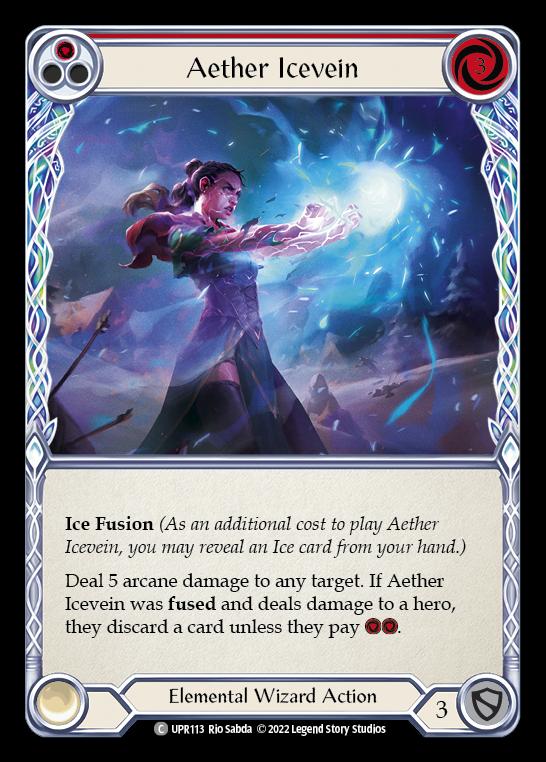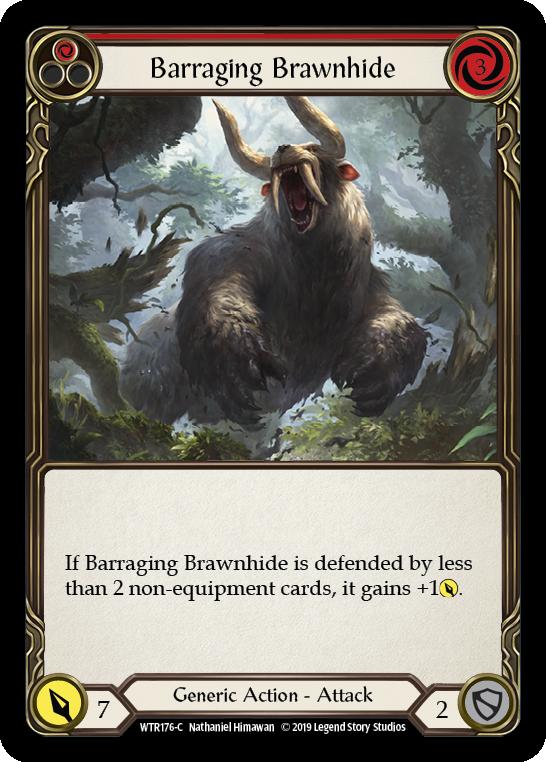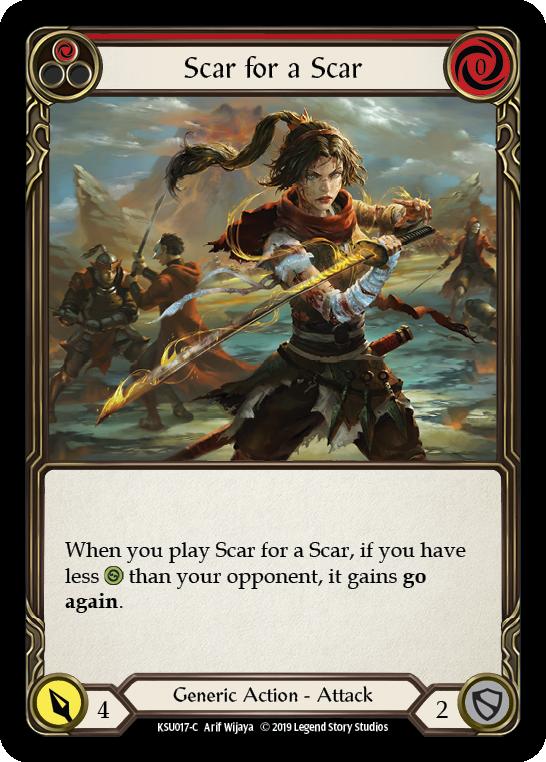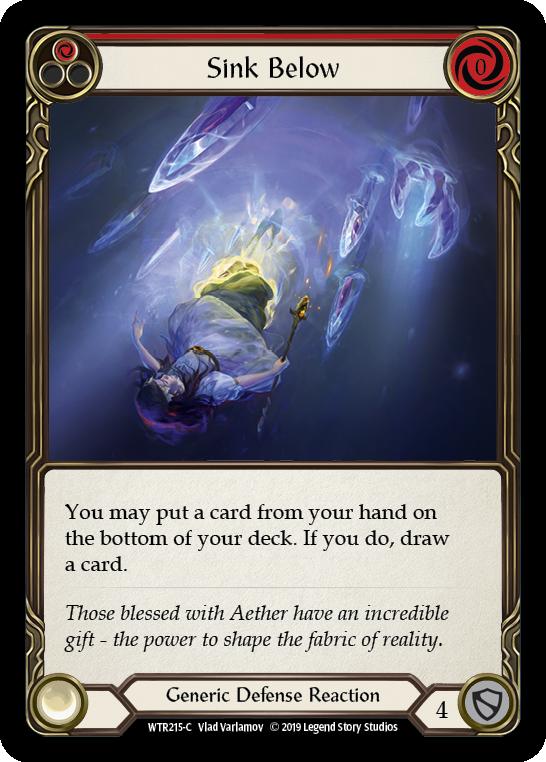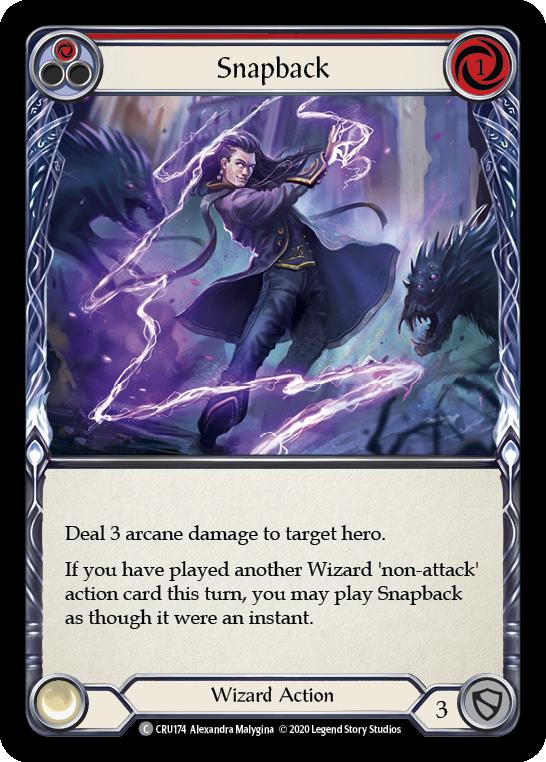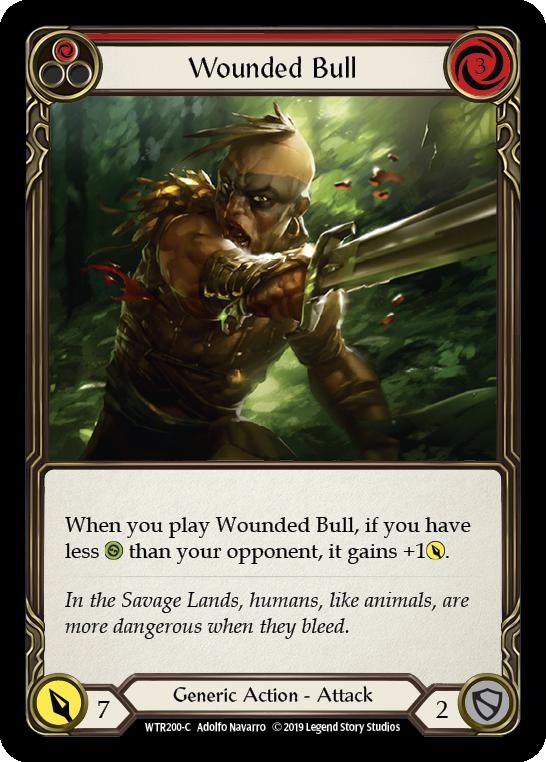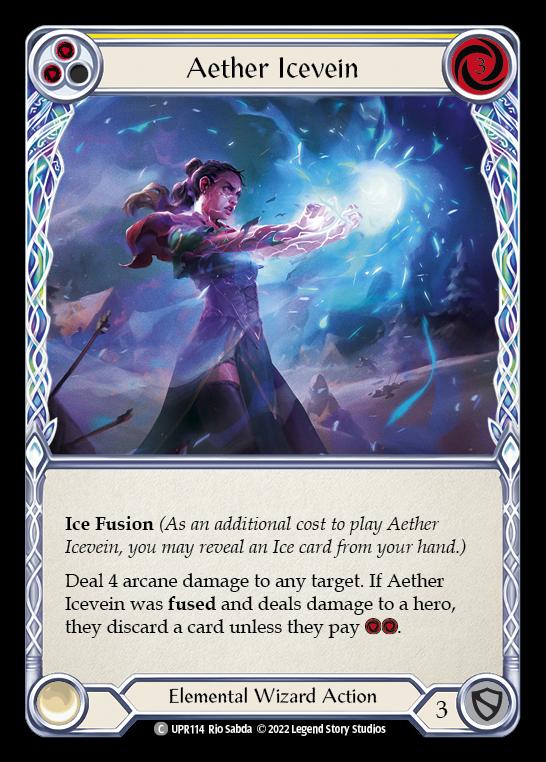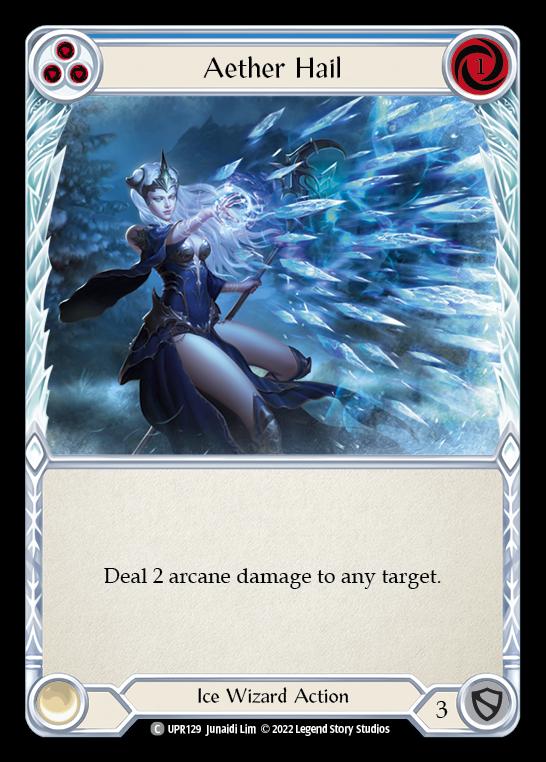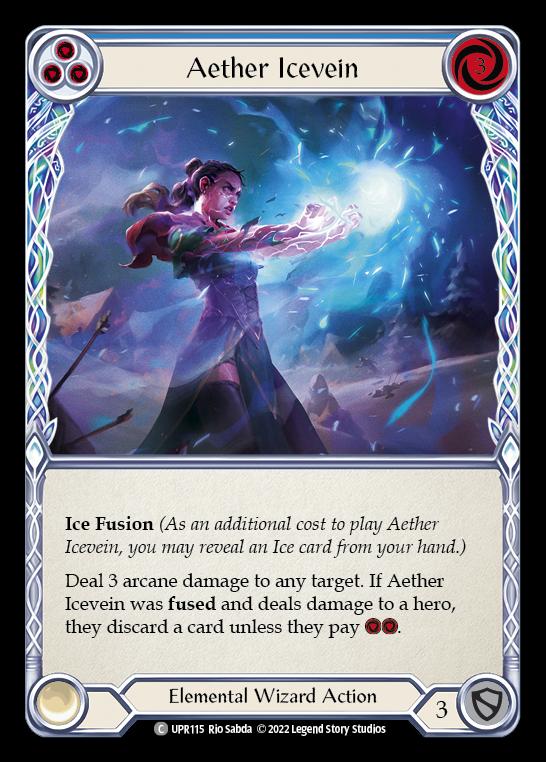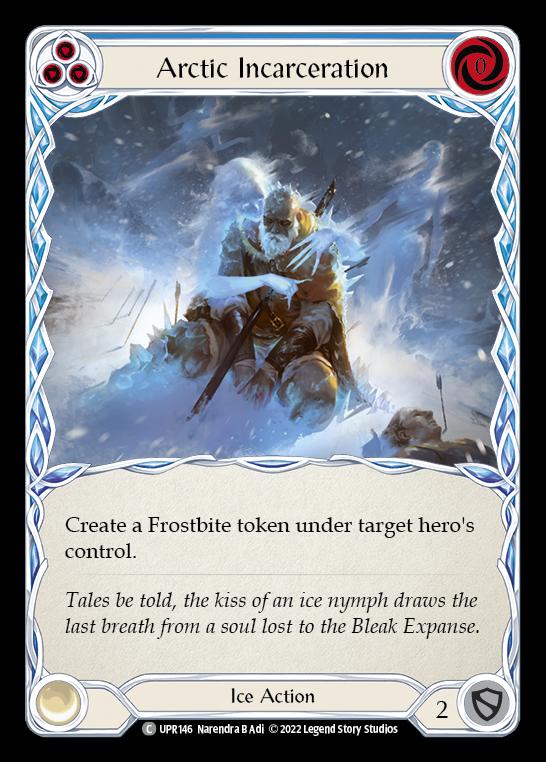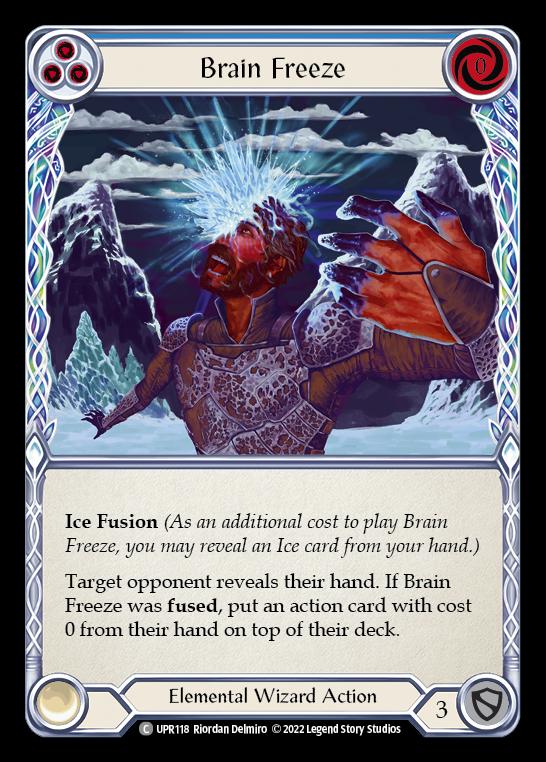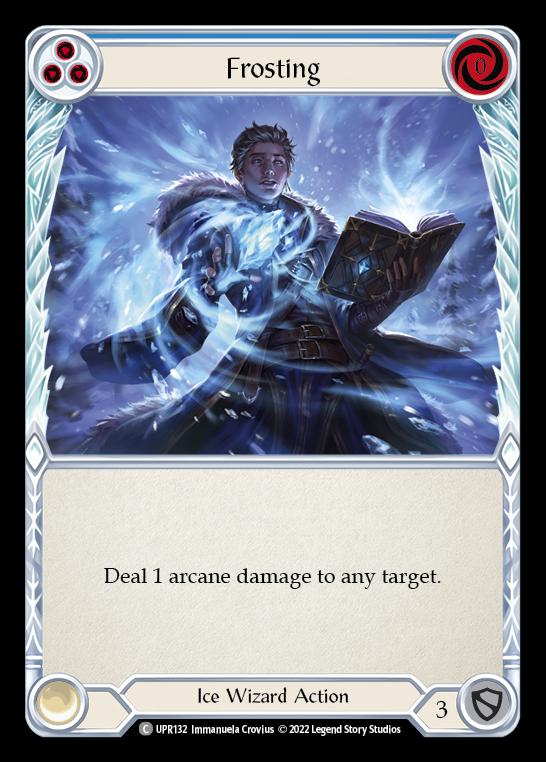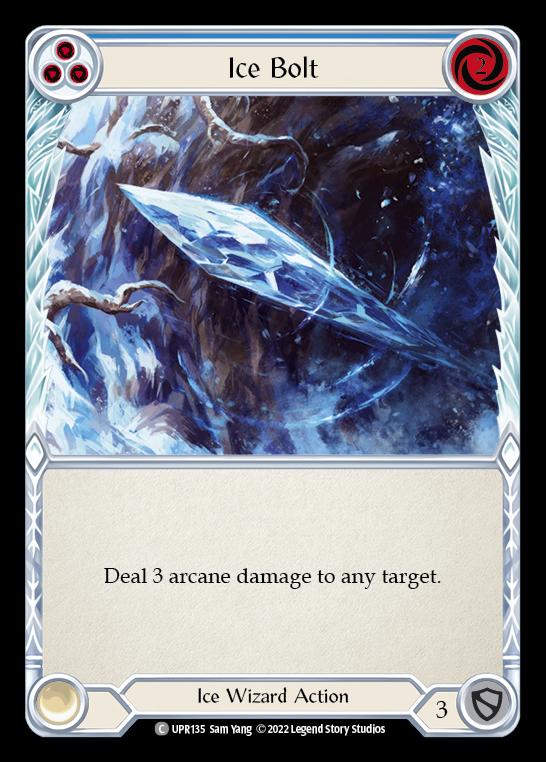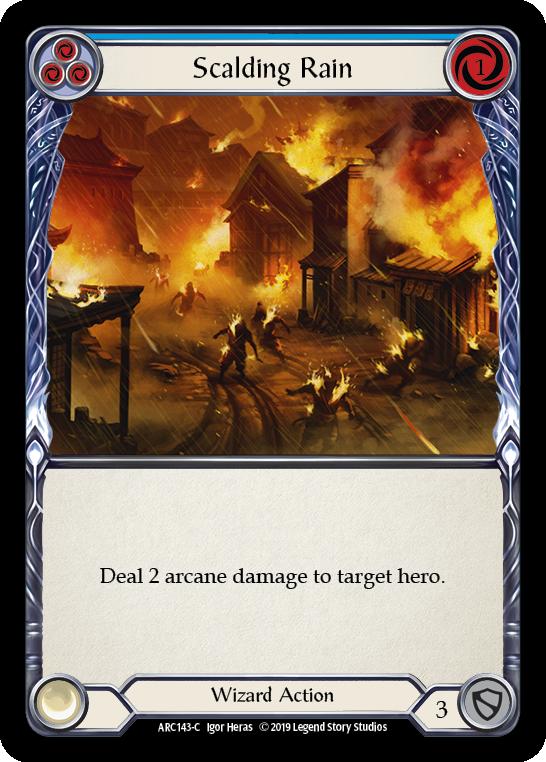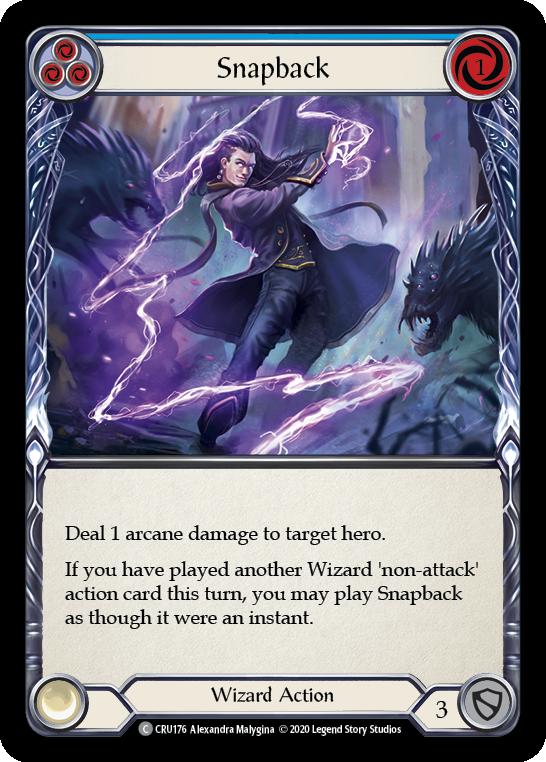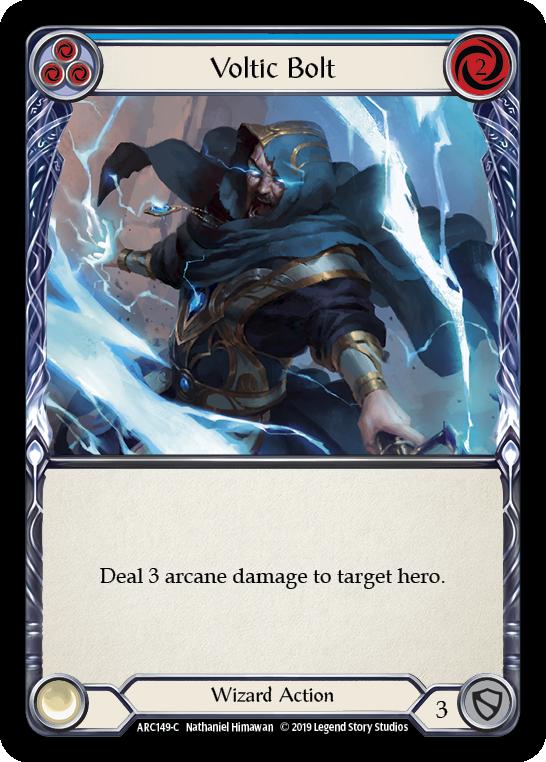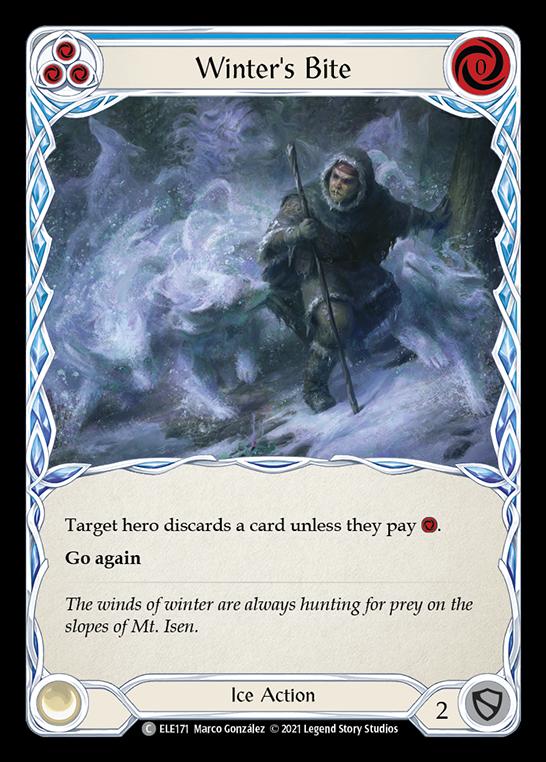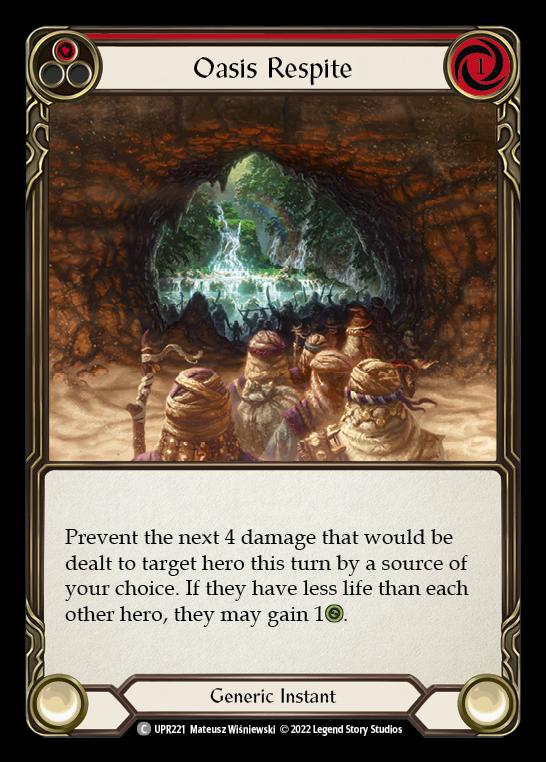The Commoner Club – Iyslander Takes The Bull By The Horns
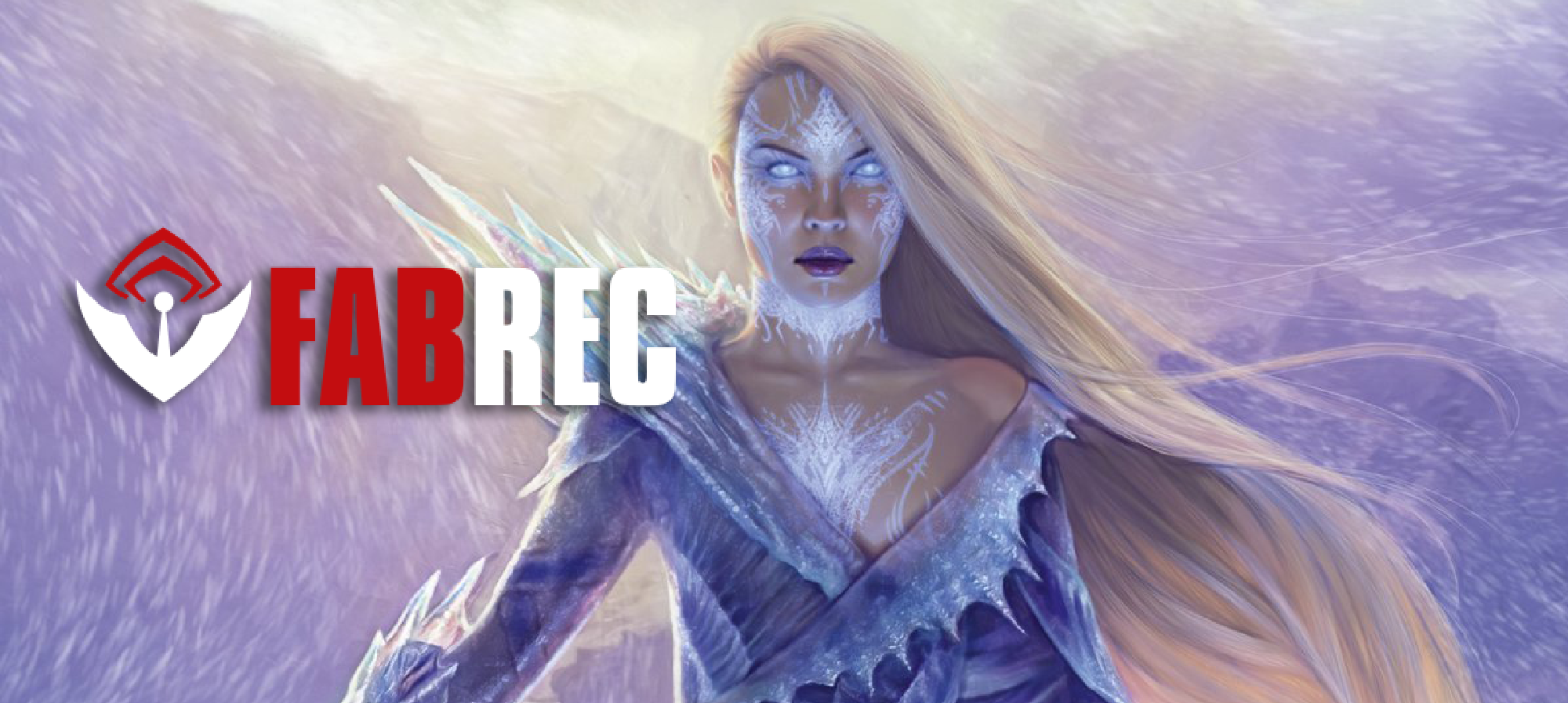
(Iyslander | Art by Steve Argyle)
Flesh and Blood was forever changed in September 2022 when Michael Hamilton brought his crazy, yet genius brew to the US Nationals – Iyslander, Stormbind with the card Wounded Bull.
Not only did he redefine the metagame and how players approach deckbuilding in general, he took this concept, perfected it, and backed it up by being the first ever Flesh and Blood World Champion with the deck that took the world by storm.
Most deckbuilders approached Iyslander by packing in all the Ice and Wizard synergies, but Hamilton took a different approach in the deck now infamously called “Bullander,” adding in heavy-hitting physical damage cards to throw off the opponent in a game of attrition, while also balancing blue pitches for Arcane Barrier (AB) and physical blocks.
Today we’re taking this same concept and applying it in the Commoner format to present a grindy, yet lethal deck that is a certain contender for top spots at any tournament.
The core concept is simple: accrue tiny advantages in the form of Frostbite tokens and hand disruption. We play on the opponent’s turn with instant-speed cards, while saving one or two cards in hand on our own turn to take back the tempo. We can then draw back up and play on their turn, or as Wizard players like to call it, “our turn,” ad infinitum.
The Cold Embrace
Iyslander‘s bread and butter is low-cost, non-attack Ice action cards, which create a Frostbite token thanks to her ability. In a format with resource curves as lean as Commoner, this disruption is backbreaking and may even throw off a perfect turn, as there’s little to no room for an additional resource for an optimized flurry of attacks.
Arctic Incarceration, Brain Freeze, and Cold Snap are all cheap ways to generate taxing effects on the opponent’s board without being on the offensive.
The Ice Ain’t Nice
Iyslander also enjoys attacking opponents on a different axis – through hand disruption. Winter's Bite and Amulet of Ice present a tough decision for opponents: do they discard or do they just pitch? Generally, opponents will almost always just pitch, but that’s one more card we don’t have to worry about.
Aether Icevein is a format all-star due to its myriad effects. It requires at least two cards for a full Arcane Barrier block (assuming the opponent even runs AB5), or they take two damage and pay another two for the on-hit effect. Either way, it’s a win-win and crippling when timed right. It was suspended in Blitz when Iyslander was still legal in the format for a reason.
Cold Cuts
Speaking of arcane damage, the deck is rife with smaller options to push through damage towards opponents who overcommit. Aether Hail, Scalding Rain, Ice Bolt, Frosting, and Voltaic Bolt are all cheap ways to sneak in a point or two when the opponent decides to full send their hand and leave nothing for AB. In the case of Frosting, it’s also a free way to tax the opponent with a Frostbite.
Snapback is worth mentioning here as a special case, as it has insane synergy with Iyslander’s ability and can steal wins out of nowhere. Although Kano abused this card more to the point of banning in Blitz, it does the job in a similar fashion for Iyslander.
Stay Frosty
In terms of defenses, aside from already crippling the opponent through all the taxing effects, Iyslander can turn to two efficient generic cards. Oasis Respite is one way to gain an edge in the mirror without packing too much AB, or versus dominated attacks, while Sink Below is just too good of a card to pass up.
Temperature Rises
Finally, the namesake of the archetype. For a deck that requires the opponent to commit cards to block arcane damage, the physical attacks may come as a surprise every now and then. Wounded Bull is the go-to attack, while Scar for a Scar is just plain nasty, especially considering we start with a lower life total than most, if not all, young heroes. Barraging Brawnhide is our next consideration to pad out the attack count. As we run tons of blue pitches, paying for these cards will never be difficult.
The Kill Zone
When playing with and against Iyslander, the important health threshold to keep in mind is six or seven life. This is the amount you can toss out in a single turn from, say, Aether Hail into a Waning Moon activation. This is doubly true when the opponent goes in for an alpha strike, but before they redraw for their turn.
Iyslander punishes impatient players more than any other hero in the format.
When you notice the opponent is just full blocking into fatigue, consider pitch stacking multiple Snapbacks to play one after the other.
Iyslander also favors meta knowledge. Knowing the common red-to-blue ratios of opponents’ decks can make or break a pivotal decision on when to all-in. Most aggressive decks like Fai will have more reds and will usually function off of a single blue, while slower decks such as Bravo will tend to have at least 50% blues in their deck list.
To try and beat Iyslander, just full pitch to Arcane Barrier – make them waste their red actions. We’re pitching our cards back into the deck, while their most important cards are now in the graveyard. Once they start tossing out blues in a feeble attempt to gain some momentum back, that’s when we strike.
Throwing out our biggest attack during our very first action also bypasses the action window for sending a Frostbite token – just make sure to still have enough cards to block their crack back.
Beneath the Warm Exterior
Waning Moon is the only weapon we should ever consider. Three arcane damage on the opponent’s turn is just too good to pass up and can be a resource sink when they pass.
Spellfire Cloak is preferred over Blossom of Spring, since we tend to play during the opponent’s turn anyway. Goliath Gauntlet is our only arm piece consideration as it presents a huge tempo swing with Wounded Bull and Barraging Brawnhide.
The Ironhide packge is great for Iyslander, as we tend to float resources on the opponent’s turn anyway, due to needing to pitch for cards such as Cold Snap and Aether Hail. This is so much better than the Frontline gear series, as those lose effectiveness as the match drags on – and we want the match to drag on for a while.
Finally, never leave home without Arcane Barriers.
Iyslander is a deck that many tempo or control players enjoy playing, but may require more game knowledge than other decks. However, the payoff is enormous, and she can definitely take down larger tournaments.
My experiences playing with and against Iyslander have made me realize a lot of players misplay the matchup, especially with Commoner being a side format for most. So use this to your advantage.
Stay frosty, and welcome to The Club.
The Decklist
The Commoner Club: Bullander Iyslander
|
Further reading:
Evergreen – Iyslander, Stormbind
Playing on Both Sides of the Coin – Wizards In Flesh and Blood
